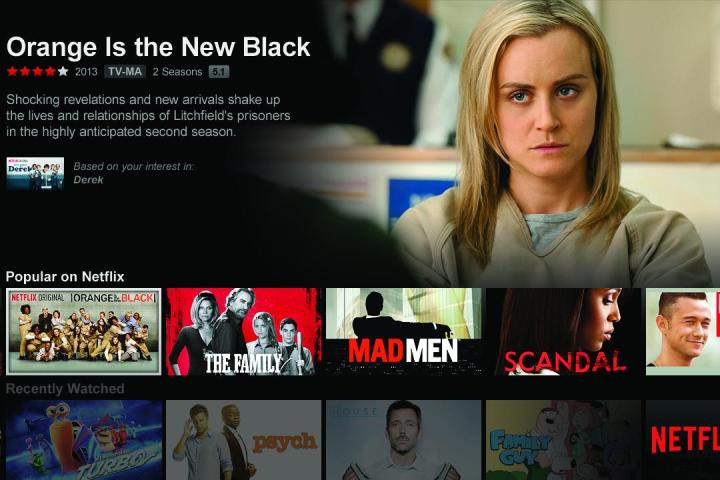
Releasing a statement about the cash-for-streaming-speed deal to Mashable, an AT&T spokesperson said “We reached an interconnect agreement with Netflix in May and since then have been working together to provision additional interconnect capacity to improve the viewing experience for our mutual subscribers. We’re now beginning to turn up the connections, a process that should be complete in the coming days.”
At the moment, both AT&T U-Verse as well as AT&T DSL rank at the bottom of Netflix’s monthly ISP speed index. Assuming AT&T implements the same network conditions as Comcast, AT&T customers could see Netflix streaming speeds skyrocket as much as 30 to 40 percent in the next month.
Alternatively, Verizon hasn’t been able to offer the same level of speed boosts to customers, despite the paid deal. In fact, Customer.io co-founder Colin Nederkoorn recently discovered that he could stream Netflix faster through a VPN service over his Verizon FIOS Internet service that promises 75 Mbps download speeds in his area.
Regardless of streaming issues in the past six months, Netflix has continued to grow the streaming subscriber base over the last year. With approximately 36 million U.S. streaming subscribers generating more than $3.4 billion a year in subscription fees, the company continues to invest in original programming as well as licensing agreements that offer streaming access to popular television shows and movies.
Editors' Recommendations
- Netflix free trial: Can you stream for free in 2024?
- Netflix speed test: how to check if you can stream 4K Ultra HD
- Netflix to crack down on password sharing starting in 2023
- Netflix’s ad-supported tier will start with a big drawback
- Netflix says 100 million sharing accounts will have to pay up, somehow


